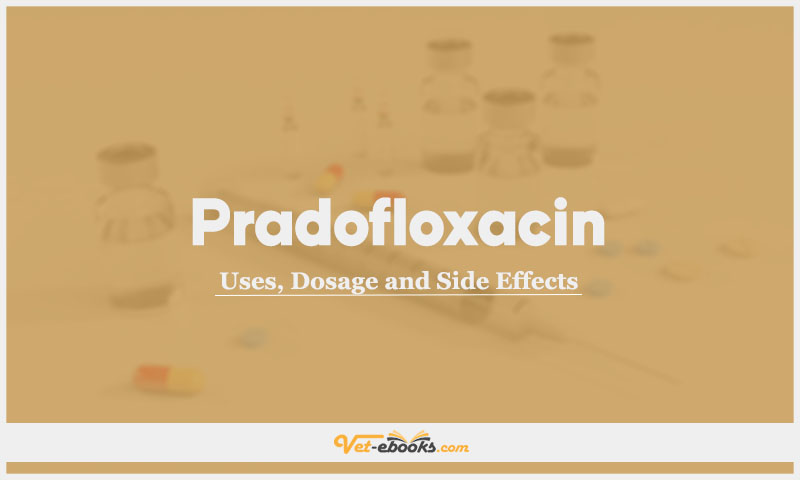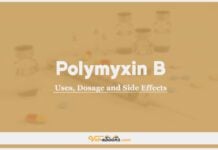Pradofloxacin In Dogs & Cats: Uses, Dosage and Side Effects

Overview
- Broad-spectrum, a concentration-dependent antibiotic that inhibits DNA gyrase and topoisomerase IV, blocks bacterial replication.
Uses of Pradofloxacin
- Fluoroquinolones should be used only when culture and sensitivity testing indicate a likely clinical response, and when other first- and second-line antimicrobial options are not effective.
- They are effective against a broad spectrum of Gram-negative and Gram-positive bacteria.
- Pradofloxacin, a specific fluoroquinolone, exhibits improved activity against anaerobic bacteria compared to earlier generations of fluoroquinolones.
- Pradofloxacin is highly lipid-soluble and concentrates particularly well in the urogenital tract, including the prostate gland.
- Specific indications for pradofloxacin use include treating superficial and deep pyodermas, wound infections caused by susceptible organisms like Staphylococcus pseudintermedius, urinary tract infections involving organisms such as Escherichia coli and S. pseudintermedius, severe periodontal disease linked to anaerobes like Porphyromonas spp. and Prevotella spp., and acute severe upper respiratory tract infections associated with organisms such as E. coli, Staphylococcus spp., and Pasteurella multocida.
Dose of Pradofloxacin in Dogs and Cats
Dogs:
- 3–5 mg/kg p.o. q24h.
Cats:
- 3–5 mg/kg p.o. q24h (tablet)
- 5.0 mg/kg p.o. q24h (suspension).
Drug Dosage Calculator
You Should Give:
Side Effects of Pradofloxacin in Dogs and Cats
- The most common is mild GI upset.
Contraindications of Pradofloxacin in Dogs and Cats
- Avoid using this medication in pregnant or lactating animals.
- Refrain from using it in dogs younger than 12 months of age (or younger than 18 months for giant breeds), as well as in cats under 6 weeks of age, due to potential adverse effects on cartilage development.
- Do not administer this medication to animals with persistent cartilage lesions.
- Exercise caution and avoid use in dogs or cats with neurological diseases, especially epilepsy.
Some Notes:
- Absorbents and antacids that contain cations like Mg2+ and Al3+ can bind to fluoroquinolones, hindering their absorption in the gastrointestinal tract.
- Sucralfate and zinc salts can also inhibit the absorption of fluoroquinolones, so it’s advisable to administer them separately with at least a 2-hour gap.
- Fluoroquinolones can elevate plasma theophylline concentrations.
- Cimetidine may reduce the clearance of fluoroquinolones, so caution is needed when using these drugs together.
- Some fluoroquinolones can potentially reduce the metabolism and increase the nephrotoxicity of ciclosporin and tacrolimus in humans. Therefore, concurrent use in animals should be avoided until further research is conducted.
- There’s a possibility that fluoroquinolones may enhance the action of orally administered anticoagulants.
Tip
Do You Want To Increase Your Veterinary Knowledge and Practical Skills?
You Can Now Browse and Download +3000 Books For Veterinary Professionals & Students Online.
Download Veterinary Books












